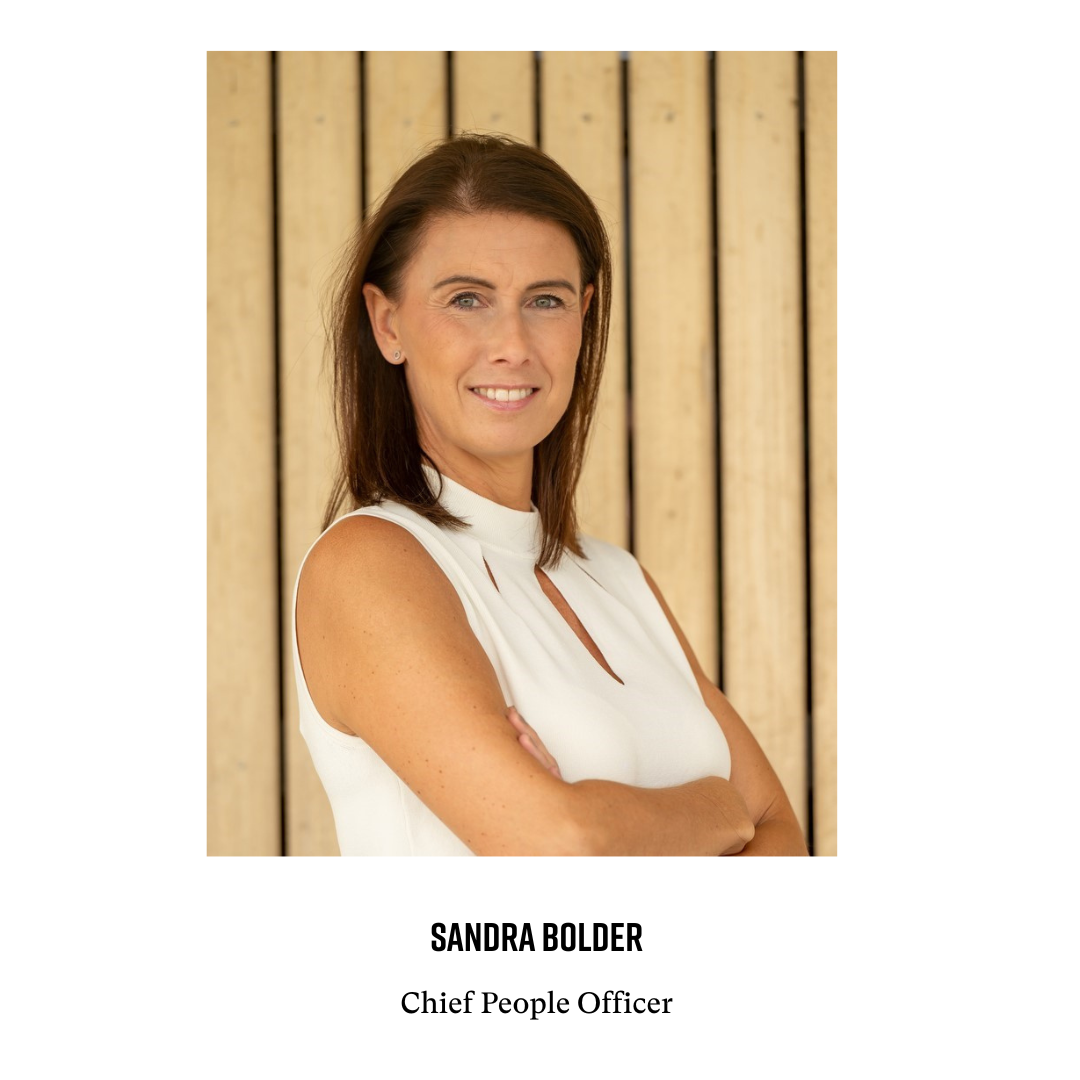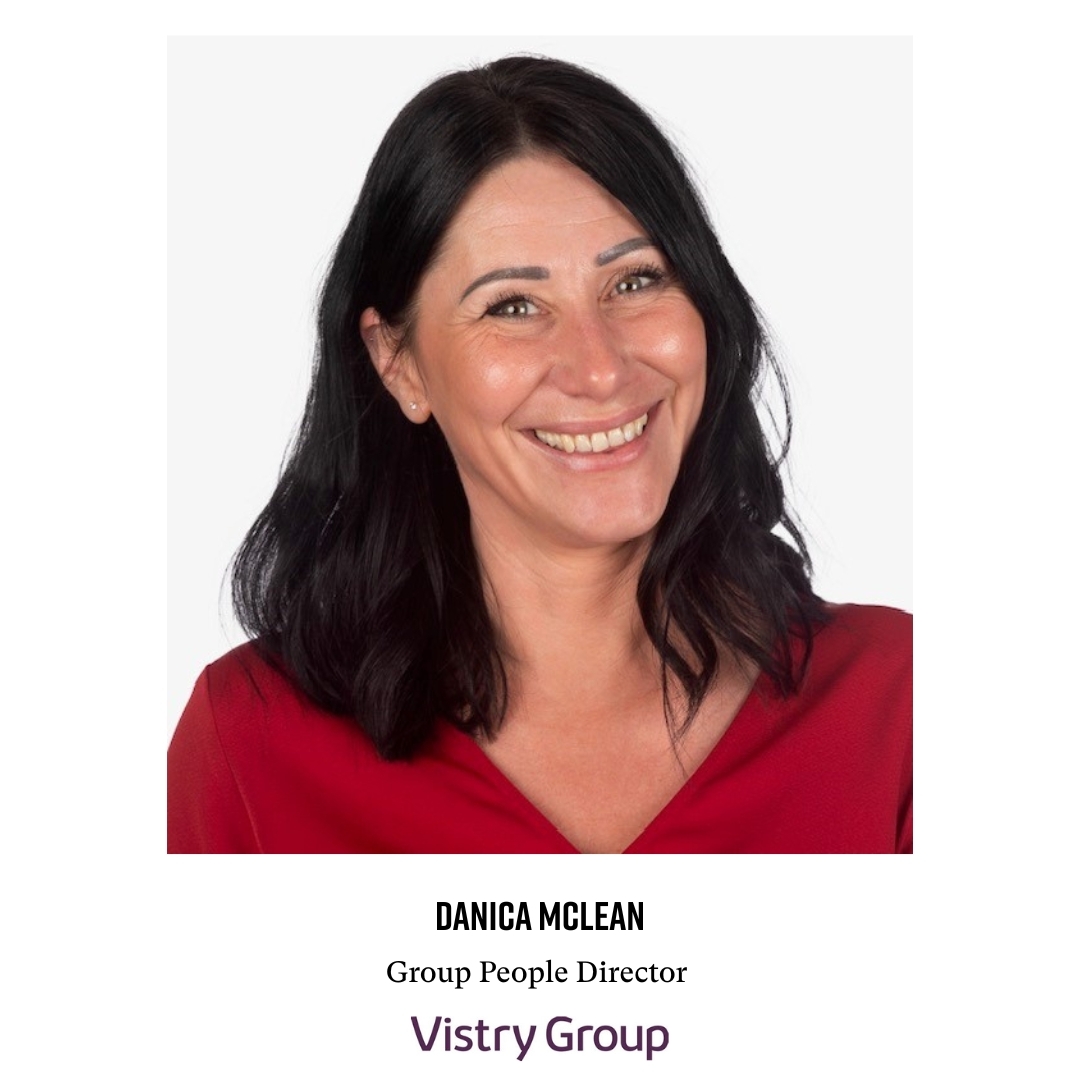
“Diversity without inclusion is like a bath without a plug”
Where ED&I stands in global leadership – and how industry must lead differently now Aug 14, 2025Inclusion is under pressure. From US corporations scaling back ED&I programs under political scrutiny, to UK firms navigating a ‘backlash by stealth’, the once-unquestioned trajectory of equity, diversity and inclusion continues to hit cultural and economic turbulence.
But for those leading global teams and industrial transformation, the response cannot be retreat. If anything, it’s time to lead with more clarity, more courage – and more curiosity.
Because in sectors like engineering, energy and construction, the stakes are not symbolic – they’re structural. As Danica McLean, Group People Director at Vistry Group, the UK’s largest home builder, puts it: “Inclusion in this framing is no longer a side project, but an existential strategy.”
The ED&I divide: a global snapshot
Across the Atlantic earlier this year companies like Deloitte began withdrawing from formal diversity policies in the US, citing political challenges and legal complexity. In contrast, Deloitte UK doubled down.
A growing number of HR professionals in Europe are now adopting subtler language – embedding inclusion into broader culture, wellbeing, or leadership frameworks to avoid polarisation without abandoning principle.
This divergence highlights a critical question for international employers: how do you maintain strategic consistency on inclusion, while responding to volatile local contexts?

Sandra Bolder, a Chief People Officer with extensive experience in international, complex, and matrixed B2B organisations, believes it starts with intent.
“If you’re only investing in ED&I because it boosts performance and innovation, you’re doing it for the wrong reasons,” she says. “You need to believe it’s the right thing to do – at a values level. Because when political headwinds blow, as we are currently seeing, those without that deeper purpose are the first to walk away.”
And walk away they are. A recent FT piece notes that some firms have rebranded or dismantled DE&I functions entirely, leaving diverse employees – and future leaders – disillusioned.
The hidden risk: inclusion fatigue
But Bolder is careful to stress that inclusion must be for everyone.
“Companies talk about diversity – recruitment targets, quotas, metrics. But without inclusion and the right leadership, it doesn’t stick. Diversity without inclusion is like filling a bath without putting in the plug. You’ll lose the very people you tried to attract.”
This is particularly resonant in heavy industry, where long-serving employees, often from majority groups, may feel alienated or overlooked by inclusion strategies that focus only on entry-level or demographic metrics.
“If they don’t hear messages that include them,” Bolder warns, “you entrench division instead of dismantling it.”
McLean agrees. “The minute you label it, people think it’s a tick-box. So, we build it into everything, from how we write job descriptions to how we promote. That way, everyone benefits.”
Why it matters now: culture as critical infrastructure
Heavy industry isn’t known for fast cultural pivots. But the pressure is mounting.
Vistry has quadrupled in size in the last 12 years, growing from 600 to 4,500 employees through multiple acquisitions. That pace of change brings inevitable complexity – but also presents an opportunity to lead differently.
And Vistry has led the way, putting placemaking and community infrastructure at its heart. From Housing Associations to Local Authorities and Private Rented Sector providers, the aligned set of values with Vistry resonates with all parties with a firm belief that everyone deserves a safe place to call home.

“Purpose helps retention,” says McLean, “and perhaps more importantly, it invites a wider range of people to see themselves in our industry.”
She’s candid about the challenges:
“Construction still loses out to glossier sectors like finance, tech or consultancy. But we’re building homes, addressing a real national crisis. There’s purpose here, real societal impact.”
This is a crucial insight for executive search firms working with industrial leaders. The next generation of leadership talent is not just asking about pay or progression. They’re asking: What do you stand for? What kind of culture will I be shaping? Gen Z in particular is more likely to demand psychological safety, transparency and opportunities to lead change, not just follow rules.
“If we don’t adapt, we won’t attract the people we need, we need to engage with empathy, not just manage.”
The Role of Executive Search: Embedding Inclusion at the Top
For global search firms, this moment offers an opportunity to reset how ED&I is evaluated in leadership candidates. Rather than treat it as a standalone skillset or specialist function, it must now be seen as a core leadership capability, especially in sectors driving large-scale transformation or tackling legacy cultural systems.
That means reframing the conversation:
- From metrics to mindsets: Hiring for inclusive leadership behaviours – curiosity, adaptability, capacity to build psychologically safe teams
- From optics to outcomes: Demonstrating how inclusion improves decision-making, innovation and retention – not just brand reputation
- From function to fabric: Embedding inclusion in how roles are defined, how boards are constructed, and how succession is planned
Bolder is clear: “You have to embed it into all your processes over the entire employee life cycle. Don’t accept five lookalikes on a succession shortlist. Require diversity in experience, background, perspective. Not to tick boxes, but to avoid groupthink. You’re building better decision-making capacity and driving sustainable change, boosting performance and innovation.”
And this must go beyond performative labels. “ED&I is not a project. There’s no point of arrival,” she says.
“Culture is never finished. Inclusion demands leadership, curiosity, consistency, mutual respect and a willingness to get it wrong. I always say to my teams: call me in, not out.”
And this must go beyond performative labels. “ED&I is not a project. There’s no point of arrival,” she says. “Culture is never finished. Inclusion demands leadership, curiosity, consistency, mutual respect and a willingness to get it wrong. I always say to my teams: call me in, not out.”
Brave leadership for brave spaces
The road ahead won’t be smooth. But both Bolder and McLean agree: the best organisations will create not only safe spaces, but brave spaces, where discomfort can be handled with empathy and disagreement can lead to growth, not division.
The language of ED&I may be evolving – and in some cases, disappearing from public view – but its core mission remains: to build organisations where difference is valued, opportunity is equitable, and talent is free to thrive.

So, inclusion is not optional – more it’s operational. As industries like construction, energy and more grapple with economic pressure, workforce change and geopolitical disruption, leadership behaviours must match the complexity of the world they’re navigating.
But that no longer means slogans. It means embedding inclusion into how companies understand their purpose, how they engage their people, and how they prepare their leadership for the future.
As McLean puts it, “We are builders. But this is no longer just a construction challenge – it is a question of how we choose to live in the future.”
THE GRANGER REIS VIEW: KATE CRAIG-WALLER, PARTNER, REAL ASSETS
“Over the past decade, real estate has made real strides in improving representation, particularly at entry and mid-career levels, but anomalies remain. While the sector has become more intentional about increasing diversity, especially through graduate and early-career programmes, we are still seeing a sharp drop-off in female retention and progression beyond mid-management. And that’s not just a pipeline issue – it’s a culture and leadership issue.
That’s why we spearheaded the Legacy Report at Granger Reis – a deep listening exercise involving over 170 senior female leaders across the built environment. The findings were illuminating, and at times sobering. Many women spoke of feeling invisible once they returned from maternity leave, or of being excluded from informal networks that shaped progression.

Others highlighted how rigid role structures and outdated expectations about leadership presence often pushed them out of the industry altogether – not because of capability, but because the system wasn’t designed with them in mind.
Danica McLean puts it perfectly when she says that inclusion is no longer a side project – it’s an existential strategy. In real estate, where long-term projects shape the physical and social fabric of our cities, the decisions we make about leadership today have generational impact. If we're not actively building leadership cultures that are inclusive, flexible, and empathetic, then we risk entrenching the very biases we’ve been working to dismantle.
Sandra Bolder’s point also rings true: that inclusion without intent is fragile. If organisations only pursue ED&I when it’s fashionable or performance-linked, they’ll retreat the moment the political wind changes which will have negative effects on workplace culture, engagement and trust.
In our experience, the most resilient progress happens when senior HR leaders are empowered – not just to execute hiring plans, but to question and reshape them. That means challenging homogeneous shortlists, investing in inclusive assessment processes, and designing roles with both flexibility and future-readiness in mind.
That signals a real shift But for it to last, HR, talent and business leaders must stay aligned - especially as new generations enter the workforce with rdically different expectations around purpose balance and belonging .
The built environment is foundational to society – it literally shapes how we live. So, the responsibility to get this right is huge. Inclusion, at its heart, is about designing workplaces where all talent can thrive – not just survive. That doesn’t happen by accident. It takes leadership, courage and systems that evolve with the world around them.”

IN SUMMARY:
Key takeaways for leaders
1. Make inclusion strategic, not symbolic.
Inclusion cannot work effectively if it sits at the margins - it’s now an existential strategy in sectors like engineering, energy, construction and real estate. Only by embedding inclusion into the mission, not just the metrics, can organisations avoid cultural drift in times of pressure.
2. Lead with intent, not optics.
Initiatives grounded only in performance outcomes are the first to unravel when political or economic headwinds arrive. Firms that succeed embed ED&I within their core values – and back that intent with consistent leadership and structure.
3. HR leaders as architects of inclusive cultures.
Senior HR teams must be empowered to design hiring and progression systems that challenge groupthink, enforce diversity and inclusion in succession shortlists, and promote equity through inclusive role design. These roles are no longer support functions – they’re strategic partners.
4.Learn from veteran insight
Find out where the systemic attrition points are: e.g., exclusion from informal networks, invisible maternity return support, and rigid expectations on leadership presence, all of which risk losing experienced talent unless addressed by proactive leadership.
5. Design for participation at every stage
Recruitment, assessment and succession must be reviewed not just for fairness, but for long-term retention. Real estate and construction boards are beginning to demand evidence of inclusive mindset behaviours – how leaders build psychological safety, curiosity and adaptability – not just their technical credentials.










